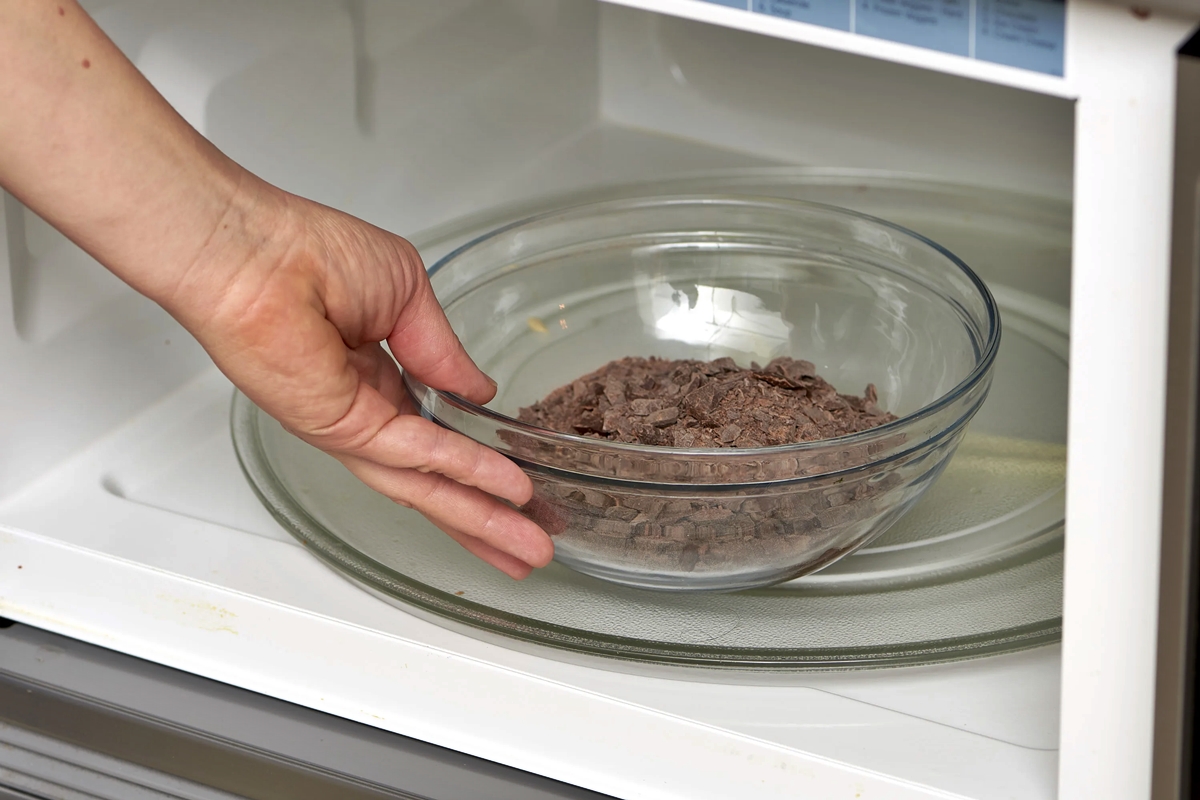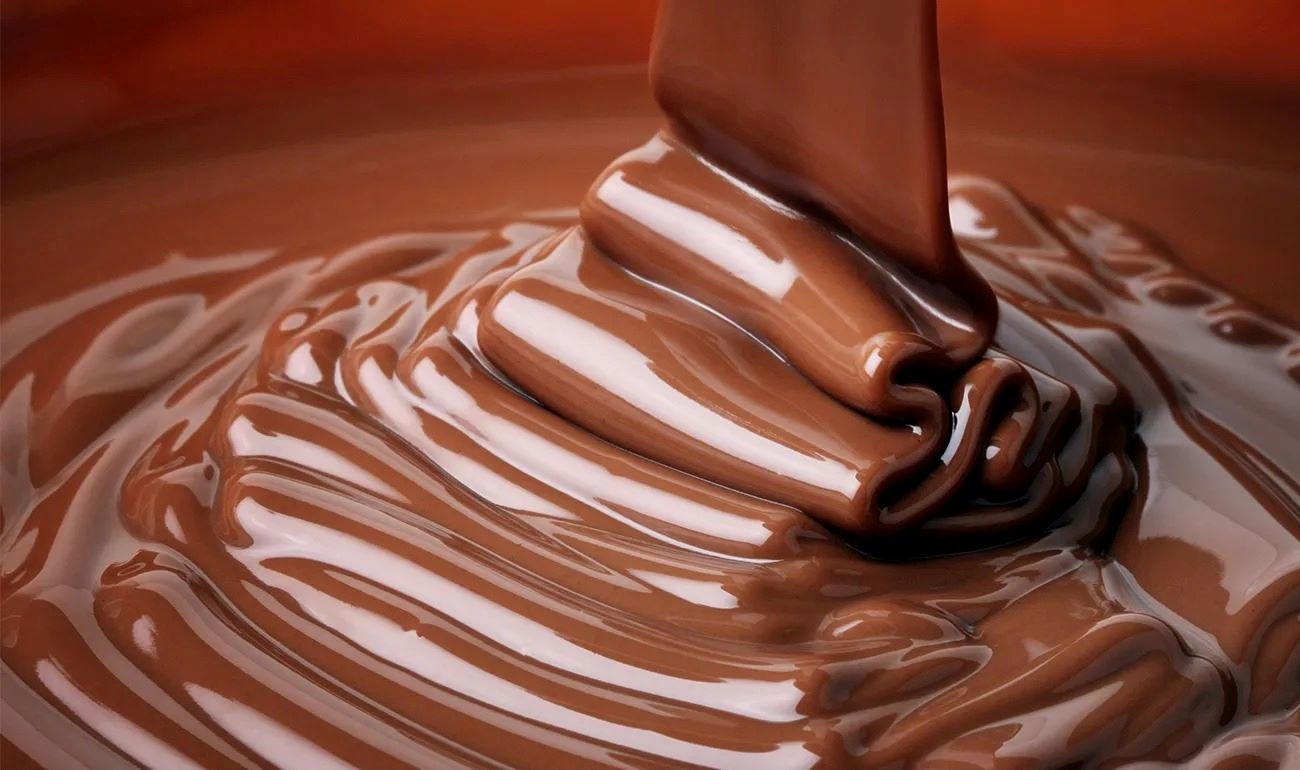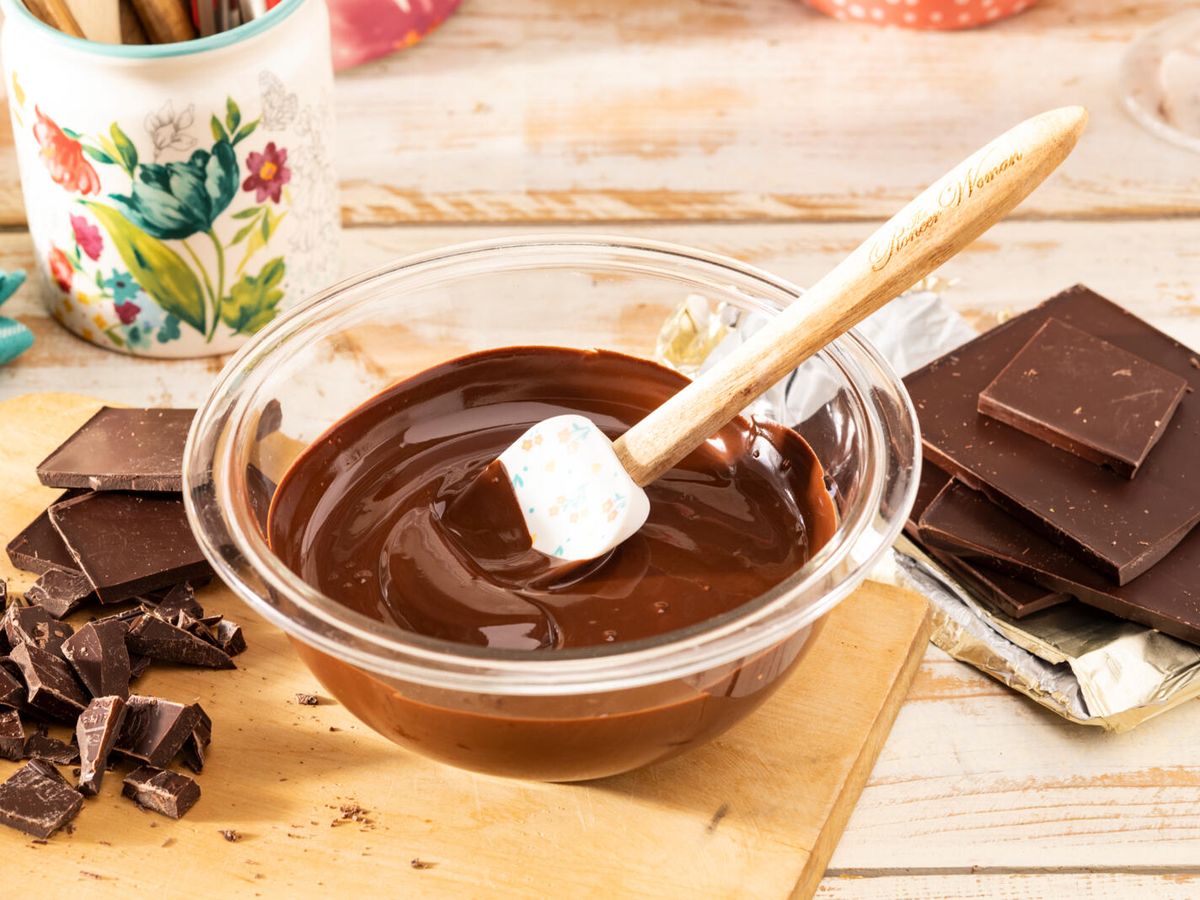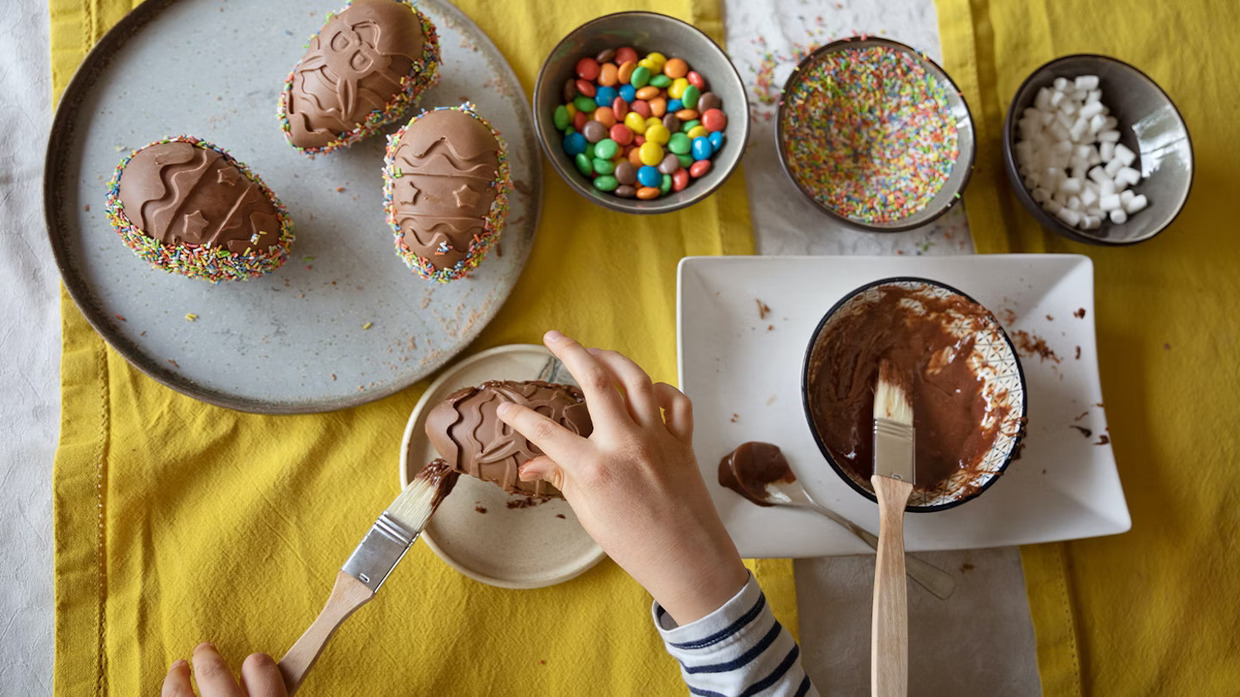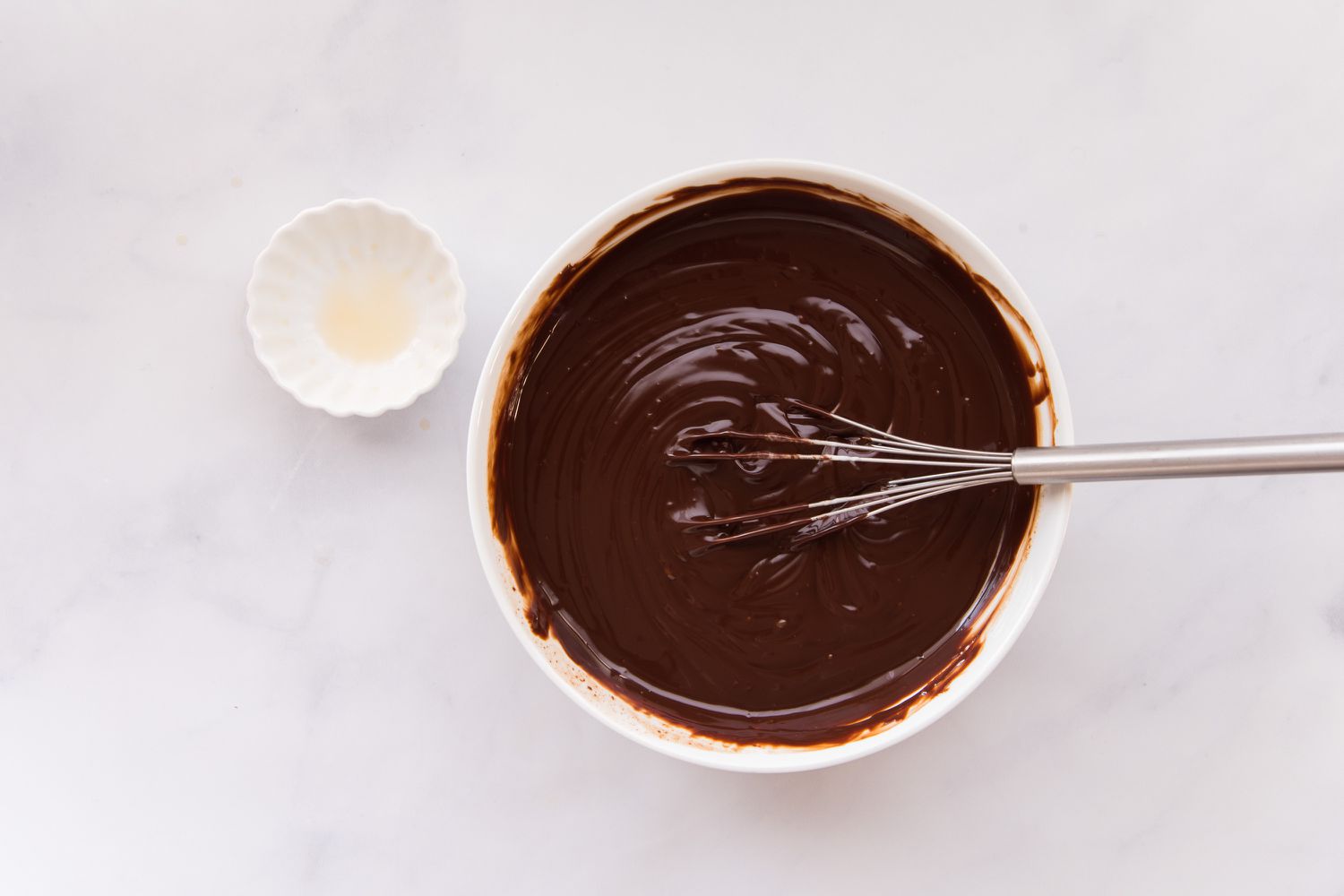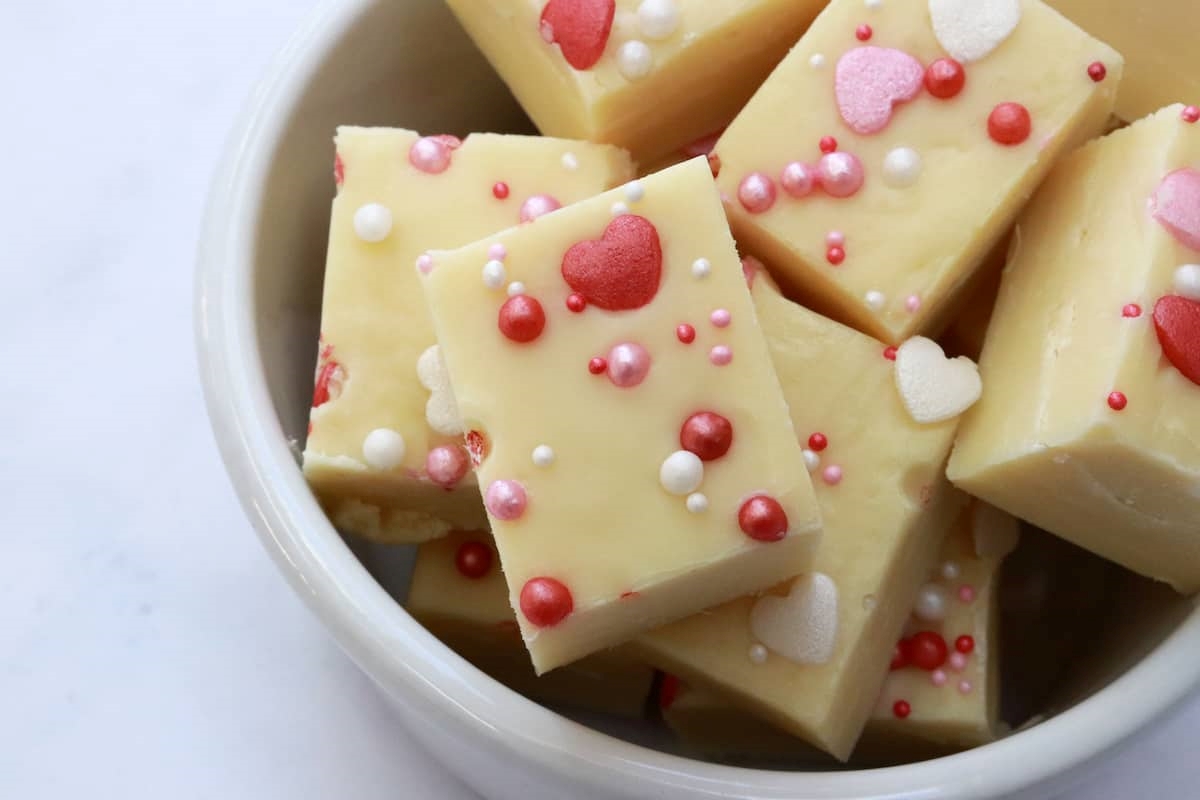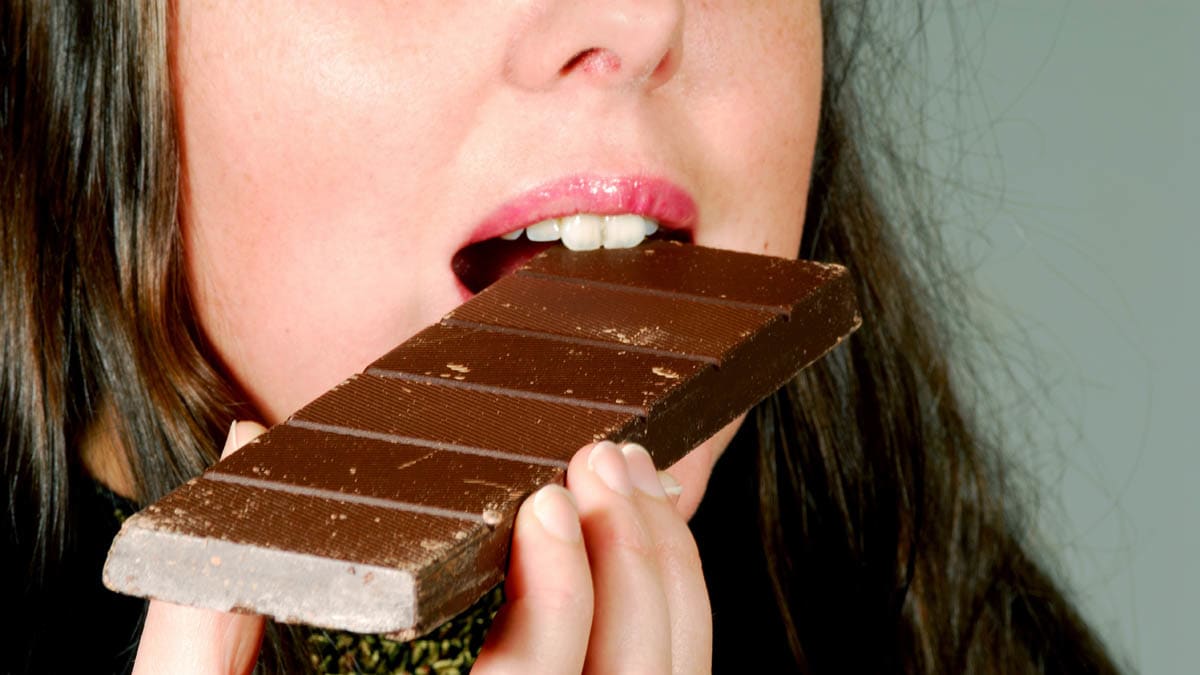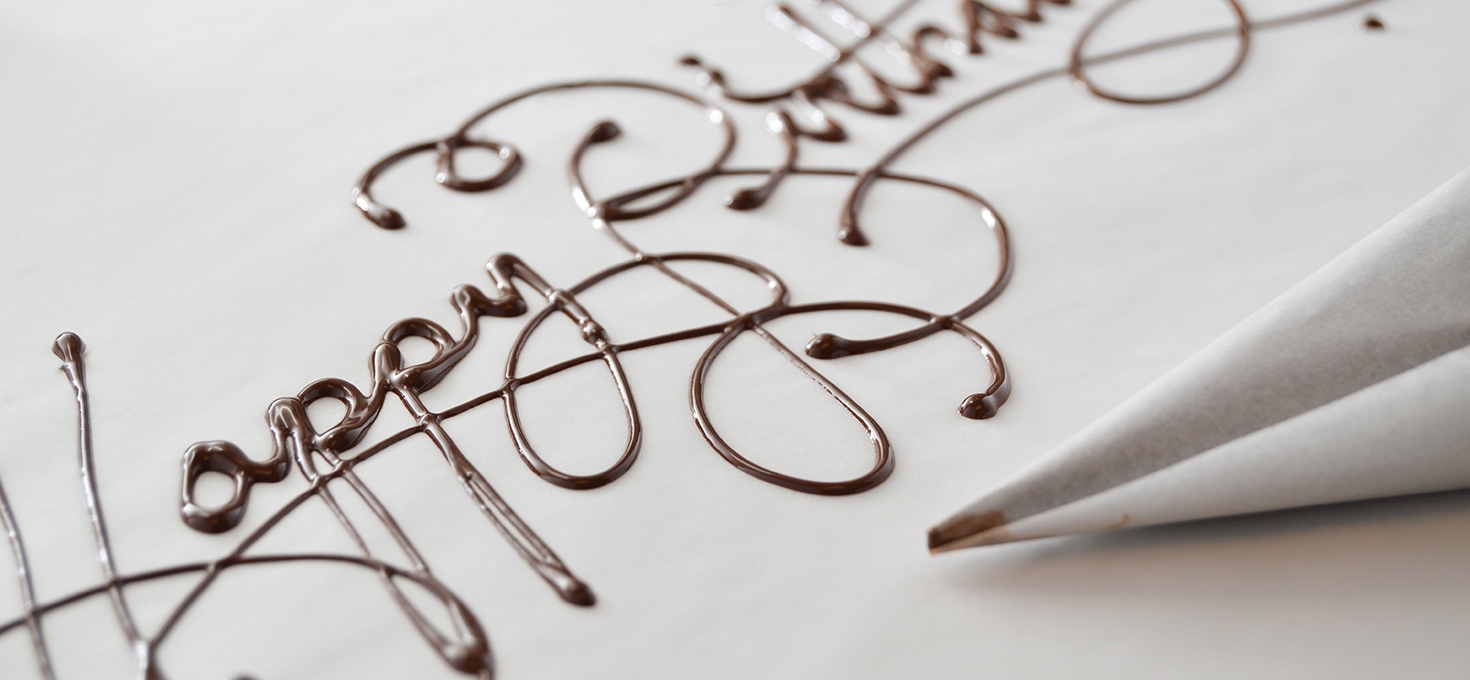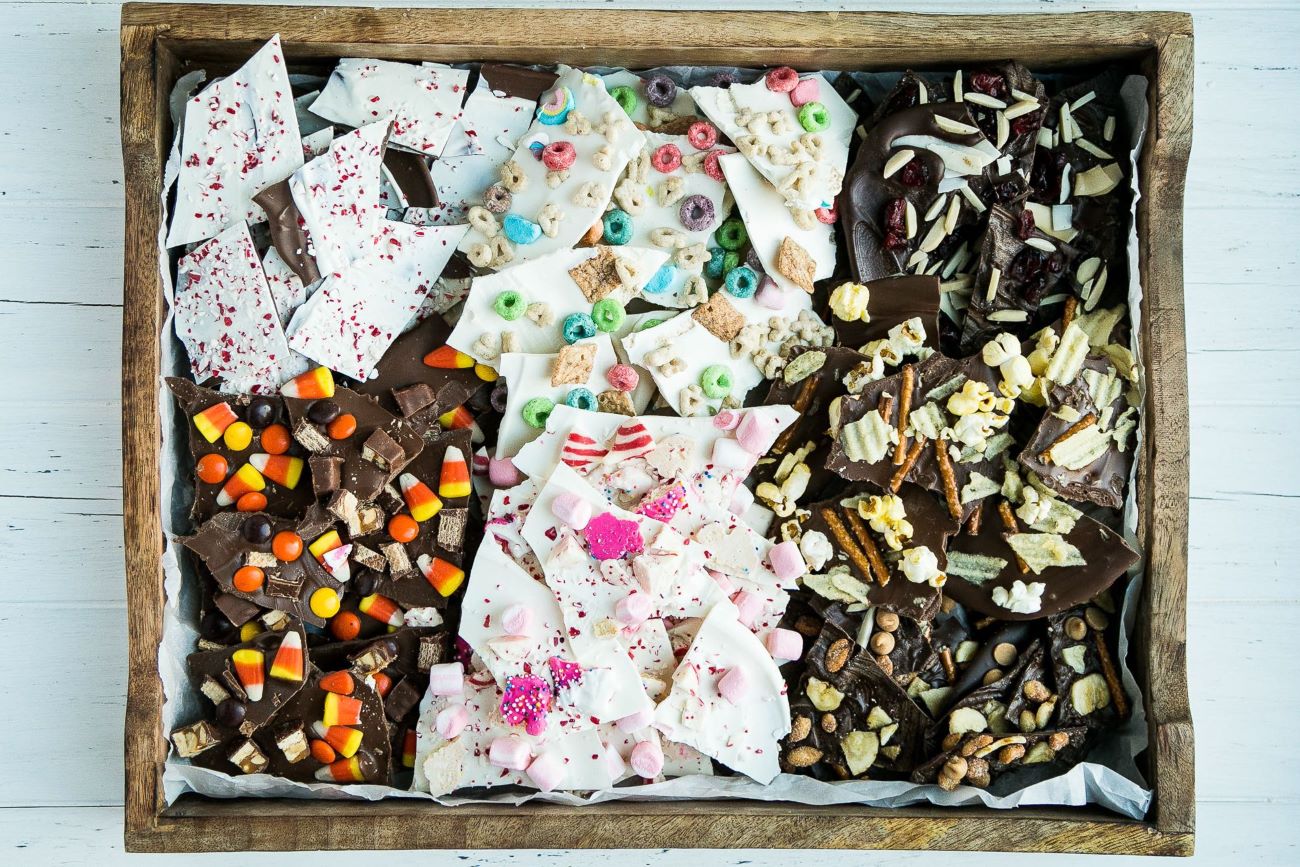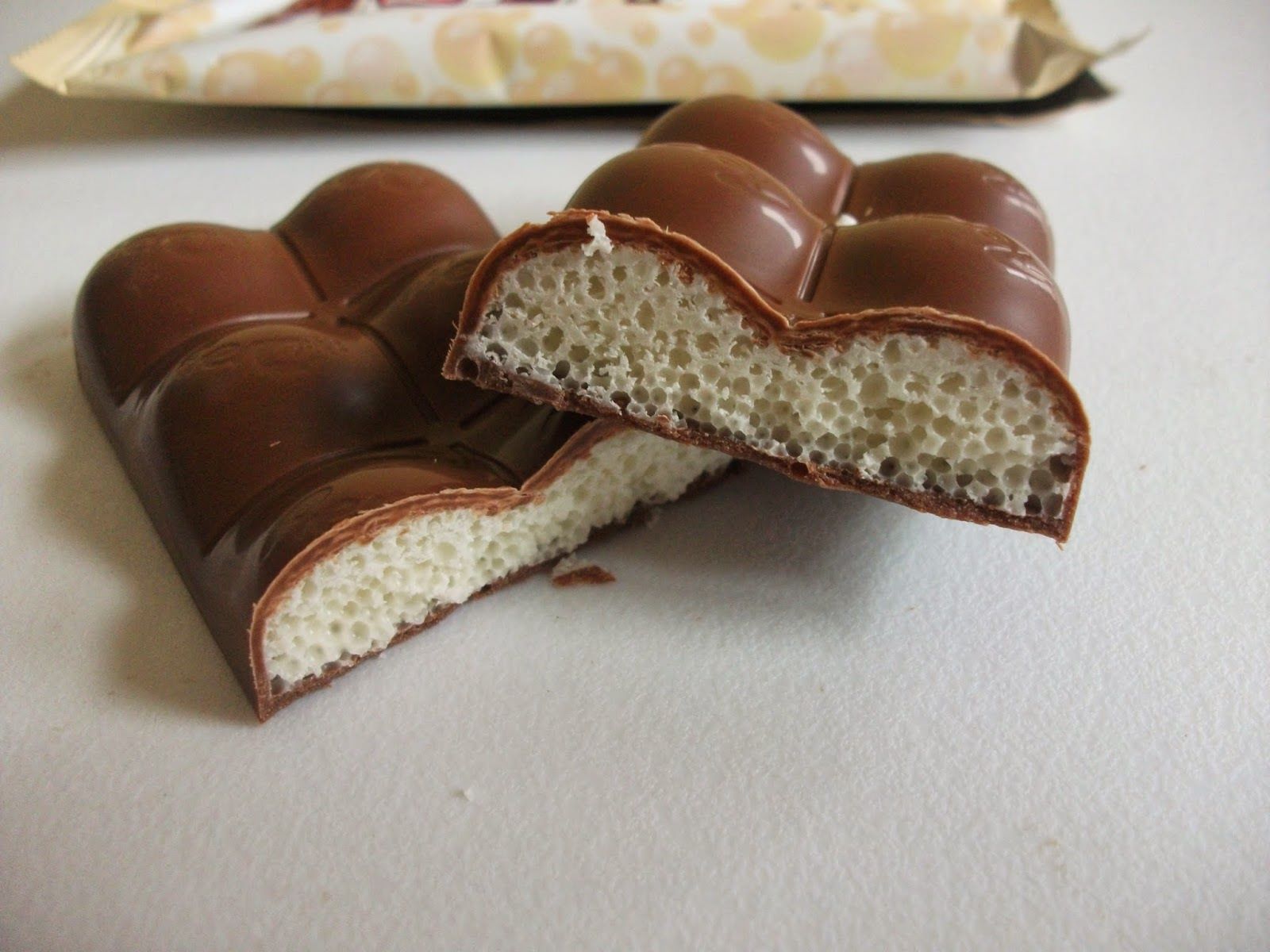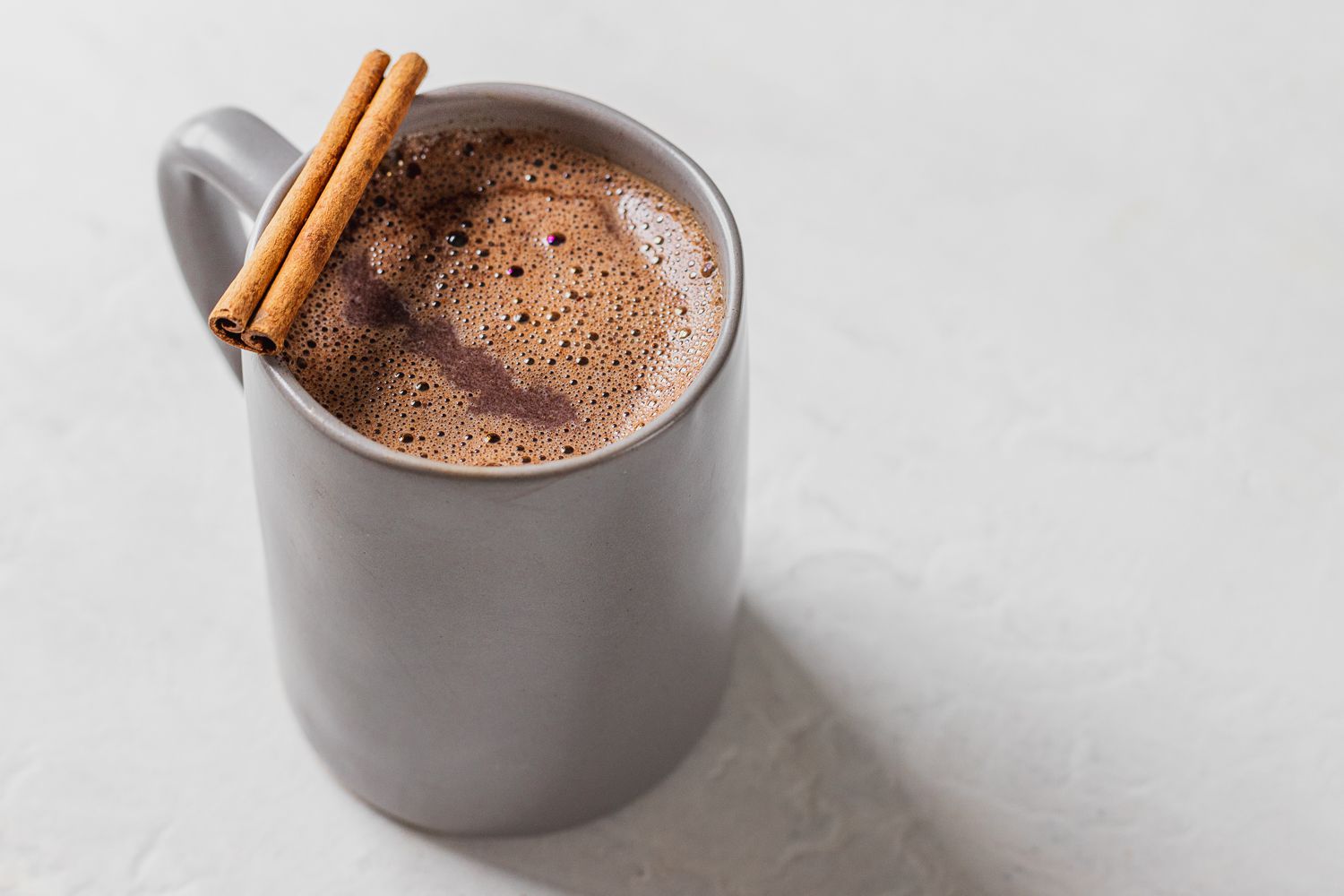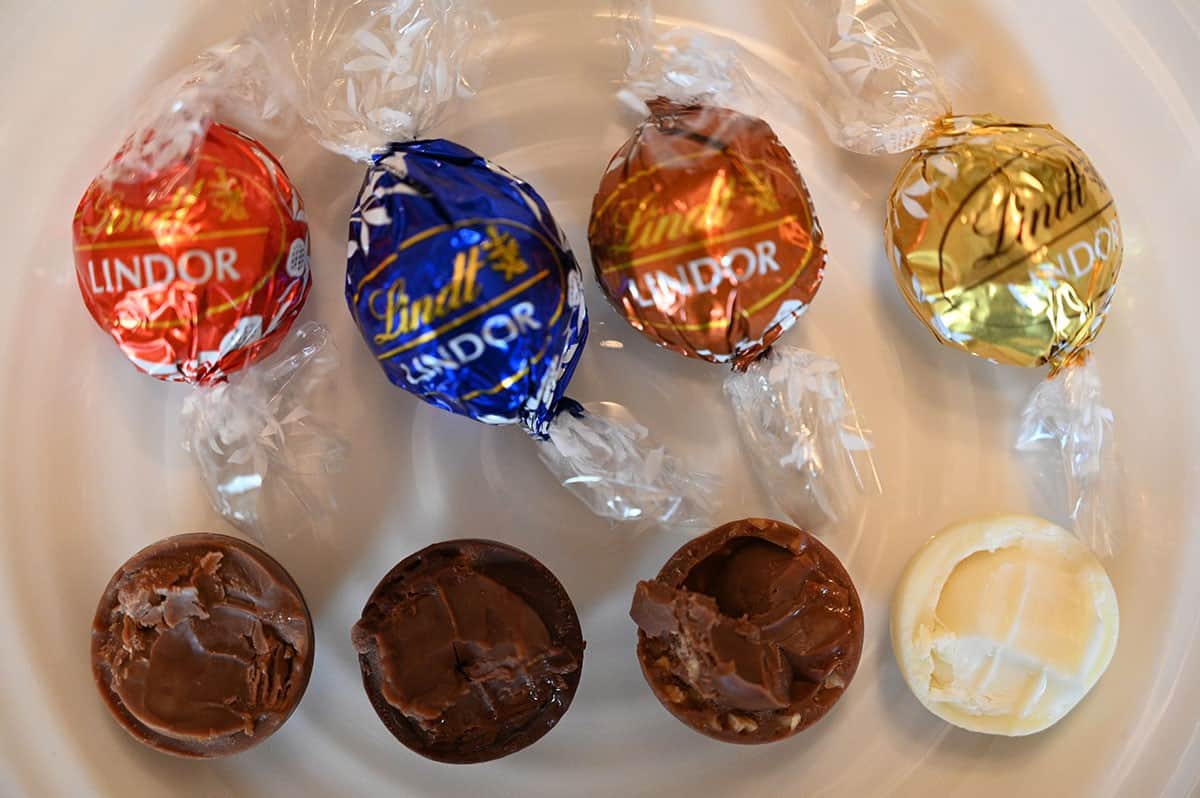How to Melt Chocolate: The Ultimate Guide
Chocolate melting is an essential skill every food lover should master. Whether you’re a passionate baker or simply want to enjoy some delicious melted chocolate drizzled over your favorite desserts, knowing the right techniques can make all the difference. In this ultimate guide, we will take you through the step-by-step process of melting chocolate to perfection.
Why is melting chocolate important?
Melting chocolate is a crucial step in many dessert recipes. When chocolate is melted, it transforms into a smooth and glossy consistency, making it easier to work with. Whether you are making truffles, chocolate-dipped strawberries, or incorporating it into a cake batter, melted chocolate adds richness and depth to your creations.
Choosing the right chocolate
- It’s crucial to choose high-quality chocolate for melting. Opt for chocolate bars or chocolate chips specifically designed for melting, as they contain the ideal ratio of cocoa butter to cocoa solids.
- Avoid using chocolate with added oils or artificial flavors, as they can affect the melting process and the taste of your final product.
Melting methods
There are several methods you can use to melt chocolate, depending on your preference and the recipe you’re using. Here are three popular methods:
- Microwave method: Break the chocolate into small pieces and place them in a microwave-safe bowl. Microwave in short bursts at a low power setting, stirring after each interval, until the chocolate is almost completely melted. Remove from the microwave and stir until smooth.
- Double boiler method: Fill a saucepan with water and place it over medium heat. Place a heatproof bowl on top of the saucepan, making sure it doesn’t touch the water. Add the chocolate to the bowl and stir occasionally until melted.
- Stovetop method: Similar to the double boiler method, but you can directly melt the chocolate in a saucepan over low heat. Stir constantly to prevent burning and ensure even melting.
Tips for successful chocolate melting
- Chop the chocolate into small, uniform pieces. This allows for even melting and prevents clumps.
- Avoid overheating the chocolate as it can become grainy or seize. Opt for low heat or power settings, and stir frequently.
- Never let water or steam come into contact with the chocolate, as it can cause the chocolate to seize.
- If you’re using the microwave method, be cautious, as chocolate can easily scorch. Stop microwaving when there are still a few small lumps and let the residual heat melt them while stirring.
Common problems and troubleshooting
If your melted chocolate becomes too thick or seizes, you can try these remedies:
- Add a teaspoon of vegetable oil or cocoa butter and stir until smooth.
- If the chocolate seizes and forms clumps, you can try rescuing it by gradually adding hot cream or melted butter, whisking constantly.
Final thoughts
Melting chocolate is an art that can elevate your desserts to new levels of deliciousness. By using high-quality chocolate and following the right methods, you can achieve a velvety smooth consistency every time. Experiment with different flavors and get creative with your melted chocolate to create impressive treats that will leave everyone craving for more.
